For every drone myth that exists, there’s a fact, a truth, a mixed-up reality. But, can you tell facts from fiction? Let’s find out. Remember the moment when a drone hit a U.S. Army helicopter? A midair collision with a passenger jet and a small unmanned aircraft?
Yikes. We’ve seen a few midair collisions between helicopters and drones over the last few years, and it’s time to dispel some of the myths about drones and helicopter operations.
Drone Myth 1: Manned aircraft cannot fly below 500 feet
Well, the right-of-way rules are contained in 14 CFR Part 91.119. This section actually details the minimum safe altitude for all types of traditional aircraft, including helicopters but also airplanes and powered parachutes. Now, does this mean that all aircraft will always fly above these altitudes? No. Section 91.119(d) essentially says that a helicopter may be operated lower than the minimums for other aircraft as long as they stay within routes and altitudes that are prescribed for helicopters.
What does that mean? Well, you can find helicopters operating near their base, away from a traditional Airport. This is very typical in tourist areas, for example. Helicopters can always be found near hospitals, accident scenes, Search and Rescue operations, and near tall buildings, maybe even in some cities. Now, those are just a few examples of places where you would not usually expect to see a helicopter, but there might be one.
Military aircraft also have a different set of rules. Coast Guard helicopters, for example, can fly low and very close to the beach in some coastal areas, so be careful.
READ MORE: HOW HIGH CAN I FLY MY DRONE LEGALLY? FAA 400 FEET ALTITUDE LIMIT FOR DRONES.
Drone Myth 2: Manned aircraft pilots should be able to see and avoid drones easily.
While both pilots should be watching for and avoiding other aircraft, pilots have additional workload around flying the aircraft, monitoring the airspace, clearances, monitoring the radio. Helicopters that are flying low will be primarily looking for wires and cables while monitoring their altitude.
Now, there was a study done by Embry-Riddle Aeronautical University, and it showed that detection for helicopter pilots ranged from 213 ft to 2,300 ft when a drone was moving. Helicopter pilots detected the drone only 50% of the time, and that was within an average distance of 1,593 feet—let’s call it 1,600 feet.
Now, when the drone was static or hovering, drones were detected only 14% of the time at an average distance of roughly 750 feet.
The study also goes on to say that an aircraft traveling at 65 knots, which is fairly slow, would have about 14 seconds in order to react to a drone if it was spotted from 1,600 ft away.
Now, based on the average reaction time and the distances that were mentioned, that’s a big “if.” Likewise, with the study’s best detection distance of 2,300 feet, the pilot still would need to react in 21 seconds. Now, let’s think about this: if the drone is stationary, the 746-foot detection would turn into 7 seconds. That was the worst-case scenario. If you’d like to read into the study, we’ll put a link down in the description.
Now, according to the FAA Advisory Circular 90-48 Echo—I know you don’t need that number—but the total time it takes a pilot to see and react to avoid a midair collision is about 12.5 seconds.
So, at best, it means 8 seconds for the helicopter to physically get out of the way, and at worst, it means the pilot was already well, 5 seconds too late.
Drone Myth 3: As a UAS pilot, you’ll be able to see and avoid traditional aircraft that’s flying low
We’ve heard that quite a bit. Now, this is all about how you set up your takeoff location and how you observe and monitor the airspace. Remember, you need 12 seconds of reaction time, so we can work backward. Assuming that the aircraft is traveling at 65 knots, it’s 109 feet every second. Twelve seconds of reaction time times 109 feett—this is not a math question—gives us 1,300 feet as our minimum detection range. That’s three and a half football fields. Okay.
Now, in order to detect an aircraft at an altitude of, let’s say, 300 feet, you need to be able to visually scan around you, over the horizon, 13°. All the way around you, and that’s assuming there are no obstacles in the way.
Think about it this way: there’s a 15 feet tree right in front of you. You need to be 64 feet away from that tree in order to see on top of the tree and see an aircraft that’s going to be located 300 feet above the ground. Now, I know this is a lot of numbers, but you can see from the animation, this is getting pretty tricky, pretty quickly. You can get in trouble very easily.
Now, for buildings and obstacles that are 25 feet high, you’ll need to be about 100 feet away from them in order to see over them. Otherwise, you risk not seeing the aircraft soon enough in order to avoid it.
Also, remember, all of this assumes a few things:
- number one, you’re not distracted as you’re flying, AKA you’re not looking down at your screen in order to frame your shot.
- Number two, you are properly monitoring the airspace, meaning that you’re also looking around for different aircraft.
- Number three, you actually see the aircraft that is approaching.
- That’s a lot of “ifs.”
Now, the point of all this is not to say don’t fly your drone. Actually, quite the opposite. If you love to fly your drone like I do, you should 100% continue to fly, but there’s a certain level of responsibility that is necessary for you to fly safely, and it’s pretty easy if you think about it.
The more important thing to do is to pay attention, use a visual observer as much as possible, and use the resources that you have available to you.
Now, a perfect example is using ADS-B data that’s available inside your drone controller. It’s not bulletproof, but it’s a great way to get started with situational awareness.
Also, when you pick a location to fly, stay in an area where you have the most visibility so you can see as far away as possible in all different directions.
Also, make sure that you check the airspace before you fly, and if you’re flying under Part 107, make sure you use Airmap Control. That’s the perfect app that will actually show you the aircraft in your area and then also many of the flight restrictions.
Now, if you’re flying recreationally, AirAware is the app that you’ll want to use. It gives you the same information that you need to get without having all of the extra Part 107 stuff in there.
Even if the airspace is clear, keep in mind that aircraft may be operating from locations that are close to where you are, and then make sure that you coordinate with them if at all possible, and of course, plan to avoid them.
VLOS myths
Now, since we’re on the topic of situational awareness, let’s go ahead and talk about VLOS, or visual line of sight. Now, there are a number of myths about VLOS, some of which you see pretty frequently in forums or even on YouTube. Now, a big myth is that you can use strobe lights to extend your visual line of sight.
The VLOS rule is much more than just seeing the aircraft. The regulation says that the pilot must be able to see the drone throughout the entire flight and also:
- Number one, know the unmanned aircraft’s location;
- number two, determine the unmanned aircraft’s attitude, altitude, and direction of flight;
- number three, observe the airspace for other air traffic or hazards; and lastly,
- number four, determine that the unmanned aircraft does not endanger the life or property of others, meaning that you can see that you’re not going to be flying over people or maybe even moving vehicles.
Now, if you can do even one of these things, then you are not compliant with visual line of sight rules.
Drone Myth 4: Seeing just a tiny dot on the horizon is Visual Line of Sight.
Again, if you’re unable to see any of the four things I just mentioned, then you’re no longer compliant with the rules, and you’re going to have a much harder time keeping situational awareness and avoiding other aircraft that are going to be in the airspace.
So, you may be able to see a tiny speck of your drone in the distance, but from that distance, can you actually see what direction the drone is facing?
Can you really tell if you’re flying over people, over moving vehicles, how far your drone might be from another aircraft that just entered your area of operation? There are lots of questions.
Now, remember, these rules exist for a reason. There are other aircraft operating in the same airspace as your drone, and while there have been zero fatalities related to drones that collided with aircraft, there have been about a dozen confirmed midair collisions that resulted in very expensive damage and could have been far worse quite frankly. It is definitely in all of our best interests to remain vigilant.
Now, there’s a lot more that you need to know to fly safely, and we go into a lot more of this in this video right here about our drone rules. See you there.


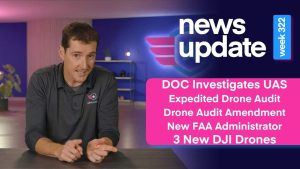
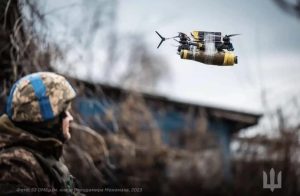


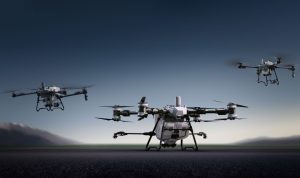
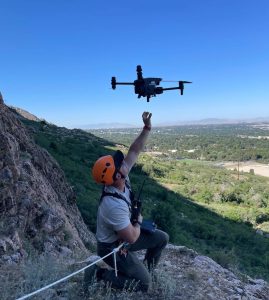



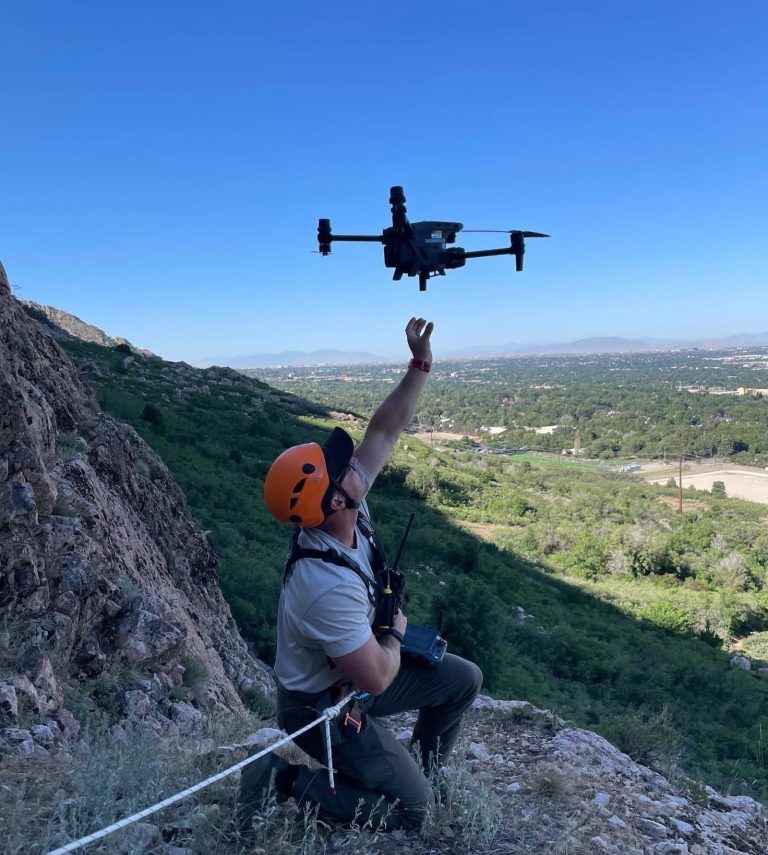
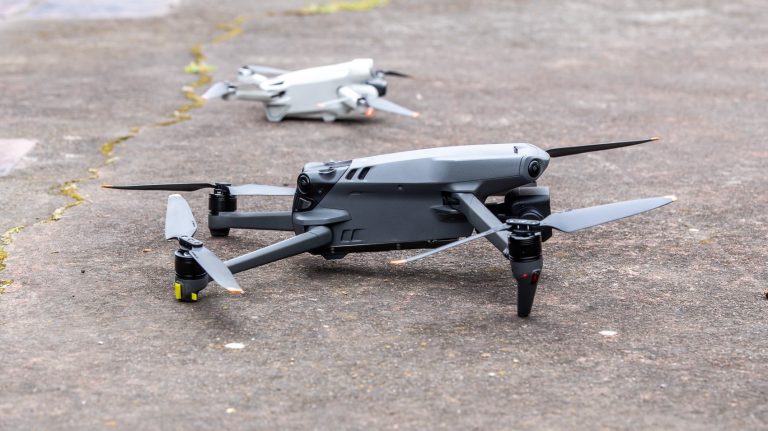
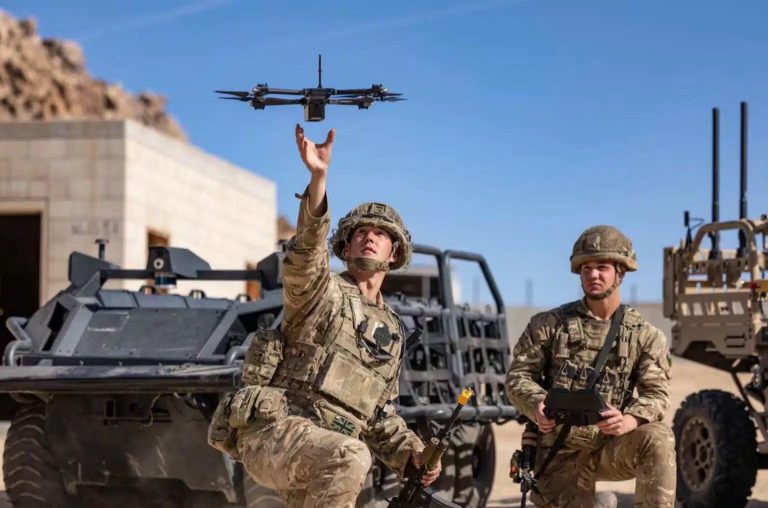


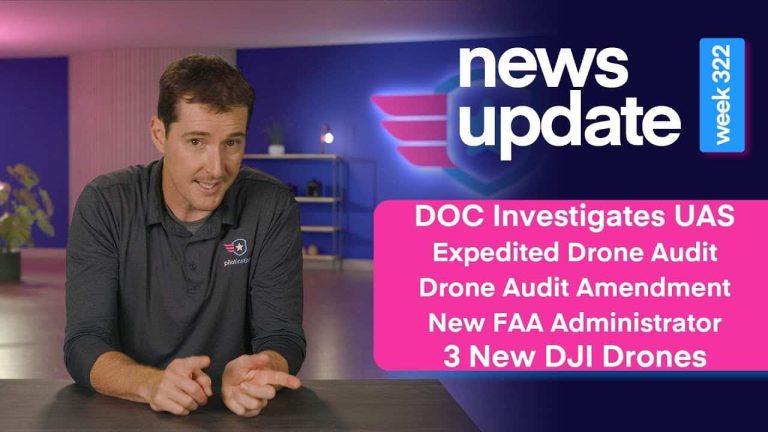

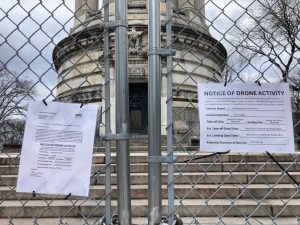
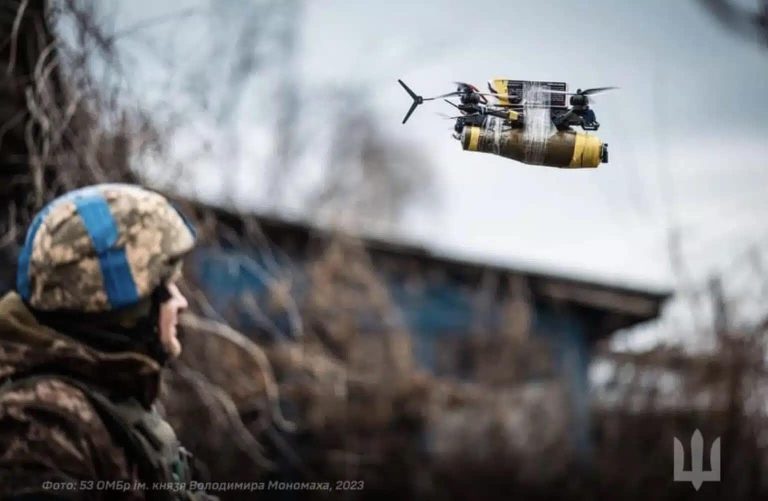


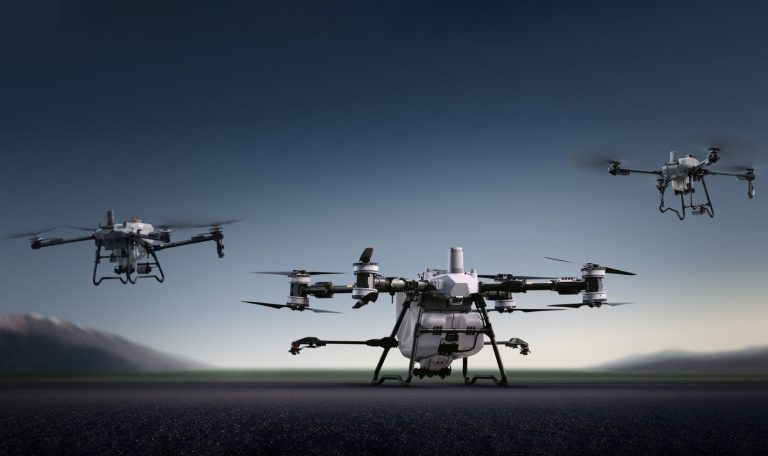
+ There are no comments
Add yours